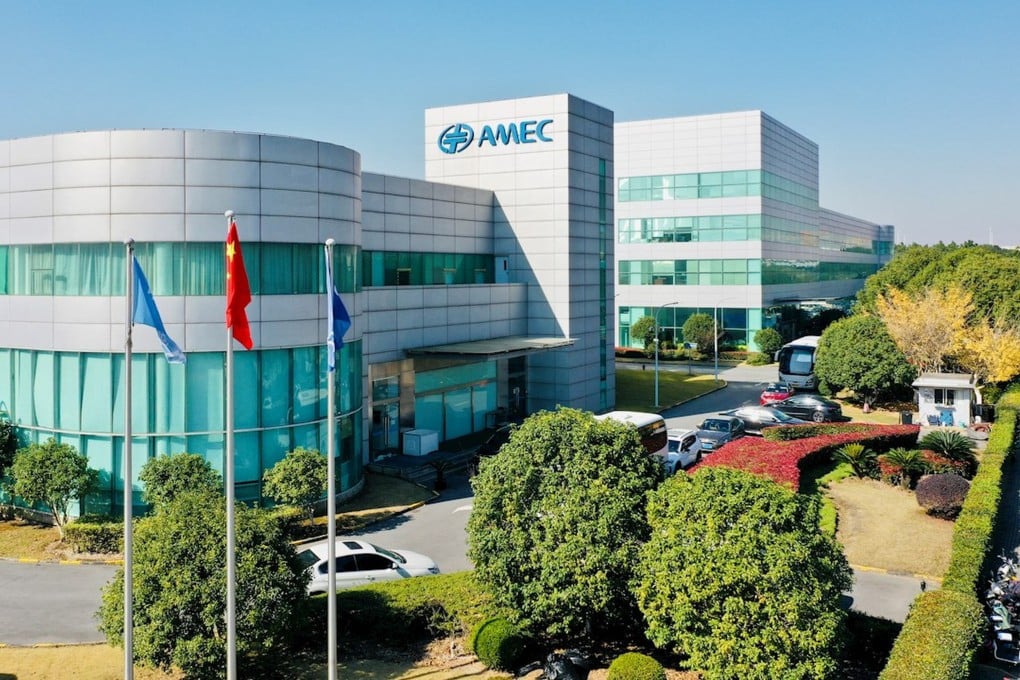Ford Fusion equipped with Swift Navigation Skylark positioning system at the American Center for ...
More Mobility, Ypsilanti, Michigan. On a closed course, as soon as the driver gets behind the wheel of a specially-equipped Ford Fusion all the windows are covered. With no physical view of the course, the driver will attempt to navigate its twists and turns using only an image on a tablet positioned above the steering wheel.

After some period of adjustment and about a dozen crushed traffic cones, it’s a clean crawl through a series of wide and tight turns and s-curves. It feels like a video game but the exercise at the American Center for Mobility near Ypsilanti, Michigan this week was a demonstration of Swift Navigation’s Skylark Precision Positioning System. By using what’s called global navigation satellite system, or GNSS, Swift’s technology aims to provide vehicle location accuracy within one centimeter, by correcting any errors caused when satellite signals travel from space through the atmosphere to a series of thousands of ground reference stations around the world, according to the company.
It’s a cloud-based software solution that works in concert with properly-equipped vehicles. Swift Navigation image representing the difference in the accuracy of its system, from others. The .
.. More orange lines represent the correct driving course.
The others show how far off other systems could be. Not to be confused with the more familiar global positioning system, or GPS, which is a U.S.
-owned system, GNSS is actually the umbrella term for all global navigation systems. “GNSS in the vehicle, is the only absolute position sensor that tells you where you are in the world, but it's part of the larger suite of sensors in the vehicle,” explained James Tidd, vice president, systems engineering at Swift during a panel discussion of the future of vehicle autonomy at the ACM on Tuesday, presented by the Society of Automotive Analysts. Panel discussing the future of vehicle autonomy at the American Center for Mobility, Ypsilanti, .
.. More Michigan, April 8, 2025.
Seated left to right: Moderator Gary Vasilash; Mark Barrott, Plante Moran; Curtis Hay, General Motors; Daniela Steinbacher, Bosch; James Tidd, Swift Navigation. Indeed, as the auto industry looks to improve advance driver safety systems and increasing self-driving capabilities, the demand for more precise accuracy in vehicle positioning has become more acute. The challenges, however range from technology to budgets to competitive secrecy, panel members pointed out.
“We don't have a standardization, and I think this is a very crucial topic,” said Daniela Steinbacher, program manager at Bosch. “Everybody’s doing their own stuff.” Stuff costs money.
Mark Barrott, a partner at management consultants Plante Moran warned with average vehicle transaction prices already around $50,000, adding cost for technology, as advantageous as it might be, is probably not a good business decision. “I cannot put this technology into a vehicle to force another $2,000, $3,000 on top of that, the price of that vehicle,” said Barrott. “It has to be affordable.
It has to be useful, and my consumer has to understand how to use it, what benefit they're going to get. Self-driving systems such as General Motors’s SuperCruise are becoming more popular, providing a break for drivers, as long as they keep their eyes on the road most of the time. However, the systems are only as safe and accurate as their programming, sensors and information ingested about the roads and environment on which the vehicles are traveling.
Feedback from customers is they don’t want SuperCruise to work in some environments, they want it to work everywhere, said technical fellow at GM, Curtis Hay. “So as we expand automated driving to new environments, what happens? We see more trees. We see more buildings,” said Hay.
“We've got to solve those, they become more important problems to tackle the automated drive down highways . ” About 70% of auto brands are currently using GNSS, according to Tidd and Swift is working with around 20 automakers. As both urgency and demand for more effective and accurate autonomy and ADAS technology increases, Tidd stresses it’s imperative to look outward and upward.
“I think what's happened is people are now treating the intelligent transport system as a much larger system,” Tidd advised. “You can no longer look at four wheels and a body of chassis and say, that's my system. You have to include the upper atmosphere, the surrounding environments, the road conditions.
” Indeed it must at least be accurate enough for a driver to get though a course without crushing a dozen cones..
Technology

Precise Positioning Could Accelerate Autonomy, Industry Panel Predicts

A precise positioning system developed by Swift Navigation is an example of the type of technology that could help accelerate the use of autonomous vehicles, a panel said.















